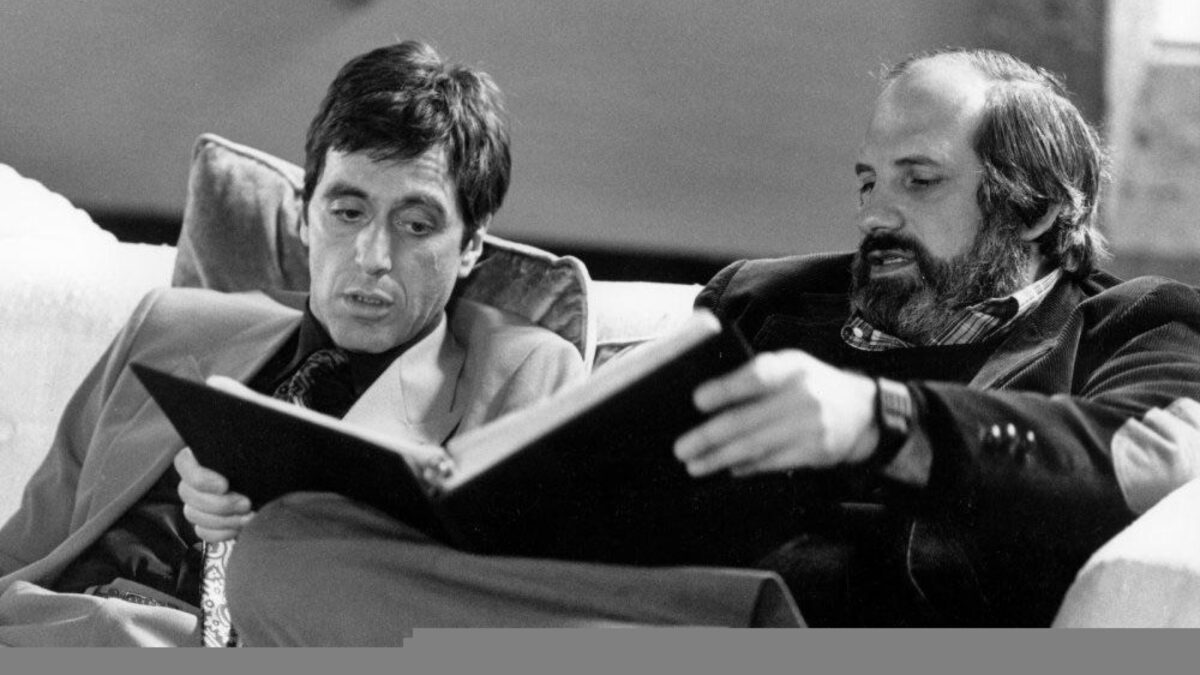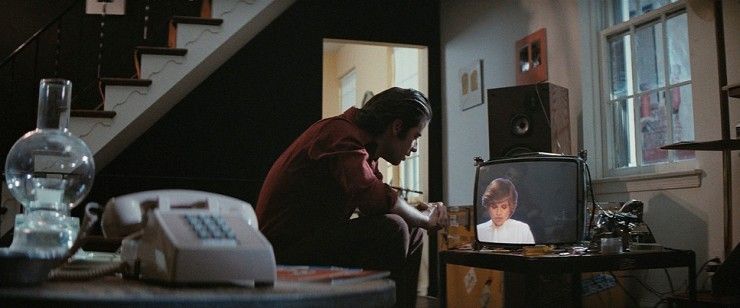
Brian De Palma on set of ‘Scarface’Credit: Universal Pictures
The master of pastiche is here to inspire you.
Brian De Palma is a legendary filmmaker whose work has influenced countless directors and inspired a generation of moviegoers. Known for his stylish and suspenseful thrillers, De Palma’s films are characterized by their innovative directing techniques, use of color, sound, and cinematography, and his ability to create tension and excitement on screen.
In this article, we explore some of the ways in which De Palma’s directing ideas can inspire filmmakers and help them create visually stunning and emotionally engaging films. From his use of split-screen shots to his dynamic use of sound, we examine the techniques that have made De Palma a master of his craft and discuss how aspiring filmmakers can learn from his work to create their own unique style.
Whether you’re a seasoned filmmaker or just starting out, there’s something to be learned from De Palma’s films, and we hope to inspire you to take your directing skills to the next level.
Let’s dive in.

What Are Some Directing Ideas We Can Mimic From Brian De Palma?
Brian De Palma is a filmmaker known for his stylish and suspenseful thrillers. Here are some directing ideas that one could mimic from his work:
-
Use of Split-Screen: Brian De Palma is known for his use of split-screen shots, which allow the audience to see multiple perspectives simultaneously. Mimicking this technique can create a sense of tension and urgency in a scene, especially in a thriller or action film.
-
Tracking Shots: De Palma is also known for his use of long tracking shots, which can create a sense of movement and fluidity in a scene. This can be particularly effective in action sequences or when following a character through a space.
-
Use of Color: De Palma often uses color to create a mood or tone in his films. For example, he frequently uses red to signify danger or violence. Mimicking this technique can add depth and meaning to a film’s visual language.
-
Use of Sound: De Palma’s films often feature a dynamic use of sound, including music and sound effects. Mimicking this technique can add intensity and emotion to a scene.
-
Point-of-View Shots: De Palma frequently uses point-of-view shots to put the audience in the perspective of a character. This can create a sense of identification and empathy with the character, or a sense of unease if the character is experiencing something frightening or dangerous.
-
Use of Slow Motion: De Palma sometimes uses slow motion to draw out a moment, creating a sense of tension or anticipation. This can be particularly effective in action sequences or moments of heightened emotion.
-
Use of Cinematography: De Palma’s films often feature striking and memorable cinematography, which can create a distinctive visual style for a film. Mimicking this technique can help give a film a unique look and feel.

Summing Up Getting Inspired By Brian De Palma
Brian De Palma’s directing techniques are a source of inspiration for filmmakers seeking to create visually stunning and emotionally engaging films. His innovative use of split-screen shots, tracking shots, color, sound, and cinematography have made him a master of suspense and tension on screen.
By studying his work, filmmakers can learn valuable lessons about storytelling, visual language, and the art of filmmaking. Aspiring directors can take these techniques and make them their own, bringing a unique style and vision to their films. Brian De Palma’s legacy will continue to inspire filmmakers for generations to come, and we encourage all aspiring directors to explore his work and find their own voice in the world of cinema.
Let me know your thoughts in the comments.














